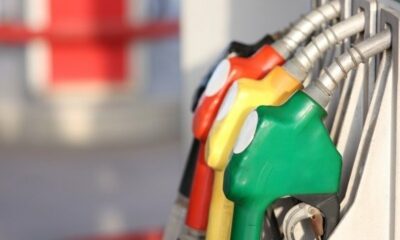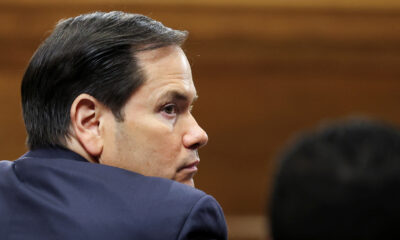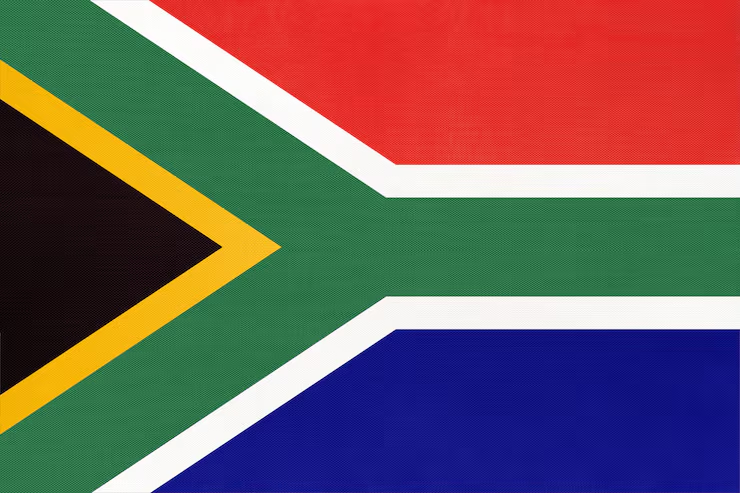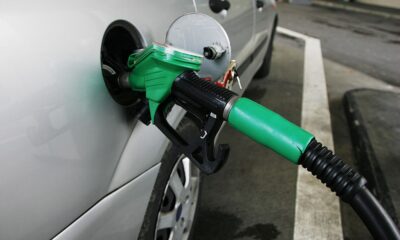News
What Petrol Would Really Cost Without Taxes in South Africa
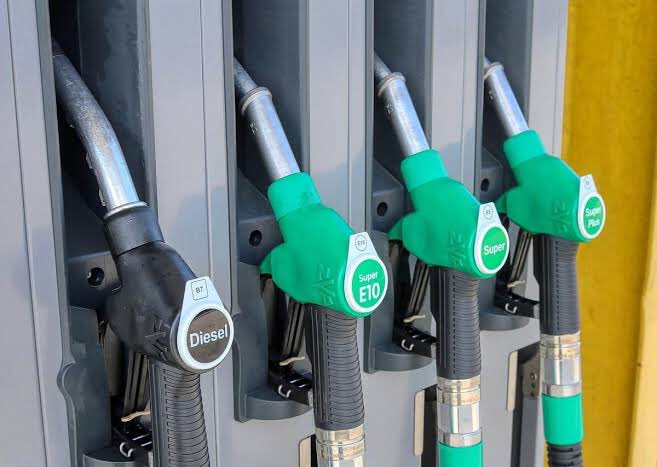
Without government taxes, you could be paying R15.42 per litre. But there’s more behind your pump price than meets the eye.
If you’ve ever wondered why filling up your tank feels like a luxury these days, here’s a shocking figure: petrol in South Africa could cost just R15.42 per litre without fuel taxes. Diesel? Even less, at R13.11.
That’s not a wild estimate, it’s based on the National Treasury’s own data. But as things stand, inland motorists are paying R21.79 for a litre of 93-octane petrol and R19.35 for diesel. So where’s all the extra money going?
The Tax Load Hidden in Every Litre
South Africans pay some of the highest fuel taxes on the continent. For every litre of petrol, R6.37 goes to various levies and taxes. Diesel is slightly less taxed at R6.24 per litre.
Here’s how that tax pie is sliced:
-
General Fuel Levy (GFL): R4.01 (petrol) / R3.85 (diesel)
-
Road Accident Fund (RAF) Levy: R2.18
-
Customs and Excise: R0.04
-
Carbon Tax: R0.14 (petrol) / R0.17 (diesel)
These taxes account for 29.23% of the petrol price and 32.25% of diesel, making up nearly one-third of what you pay at the pump.
And that’s just the tax slice. The final fuel price also includes wholesale and retail margins, transport costs, storage, and other levies set by the Department of Mineral Resources and Energy (DMRE).
Fuel Tax Increases Far Outpace Inflation
Fuel taxes aren’t static they’ve been climbing steadily, even when inflation is low. Since 2015:
-
The GFL rose by 57.25%
-
The RAF levy jumped by 41.56%
-
Overall, fuel taxes increased by 50.85% in a decade
In comparison, the international oil price has only gone up 11.37% in the same period.
So why are fuel prices skyrocketing?
The Rand’s Decline Adds Fuel to the Fire
Beyond taxes, the value of the rand plays a huge role in determining fuel prices. Since South Africa imports most of its fuel, a weaker rand means more expensive petrol and diesel, regardless of global oil prices.
Unfortunately, the rand has been on a long, slow slide. According to economists like Johann Els from Old Mutual, the rand’s performance reflects investor sentiment and that’s been shaken by political instability, weak growth, and rising inflation.
On average, the rand has lost 5% of its value to the dollar every year for the past decade.
The Bureau for Economic Research (BER) adds that inflation makes South African exports less competitive, which often results in a weaker rand to balance the books.
Combine all of this with global events, like Middle East conflicts or oil supply disruptions—and local pump prices feel the squeeze quickly. A 12-day conflict in the Middle East earlier this year, for instance, pushed fuel prices up by over 50 cents per litre.
What Can Be Done?
Fuel is essential to every corner of the South African economy, from logistics and agriculture to daily commuting. But the way it’s priced and taxed, continues to hit households and businesses hard.
Critics argue that the fuel tax regime, designed to fund government revenue and the RAF, needs urgent reform. Others point to poor fiscal management and missed opportunities to buffer fuel prices with reserves or alternative energy strategies.
In the meantime, motorists are left watching prices climb, wondering why a litre costs R21 when it could be R15.
Because in South Africa, it’s not just the oil that’s expensive,it’s the system.
{Source: Daily Investor}
Follow Joburg ETC on Facebook, Twitter , TikTok and Instagram
For more News in Johannesburg, visit joburgetc.com



